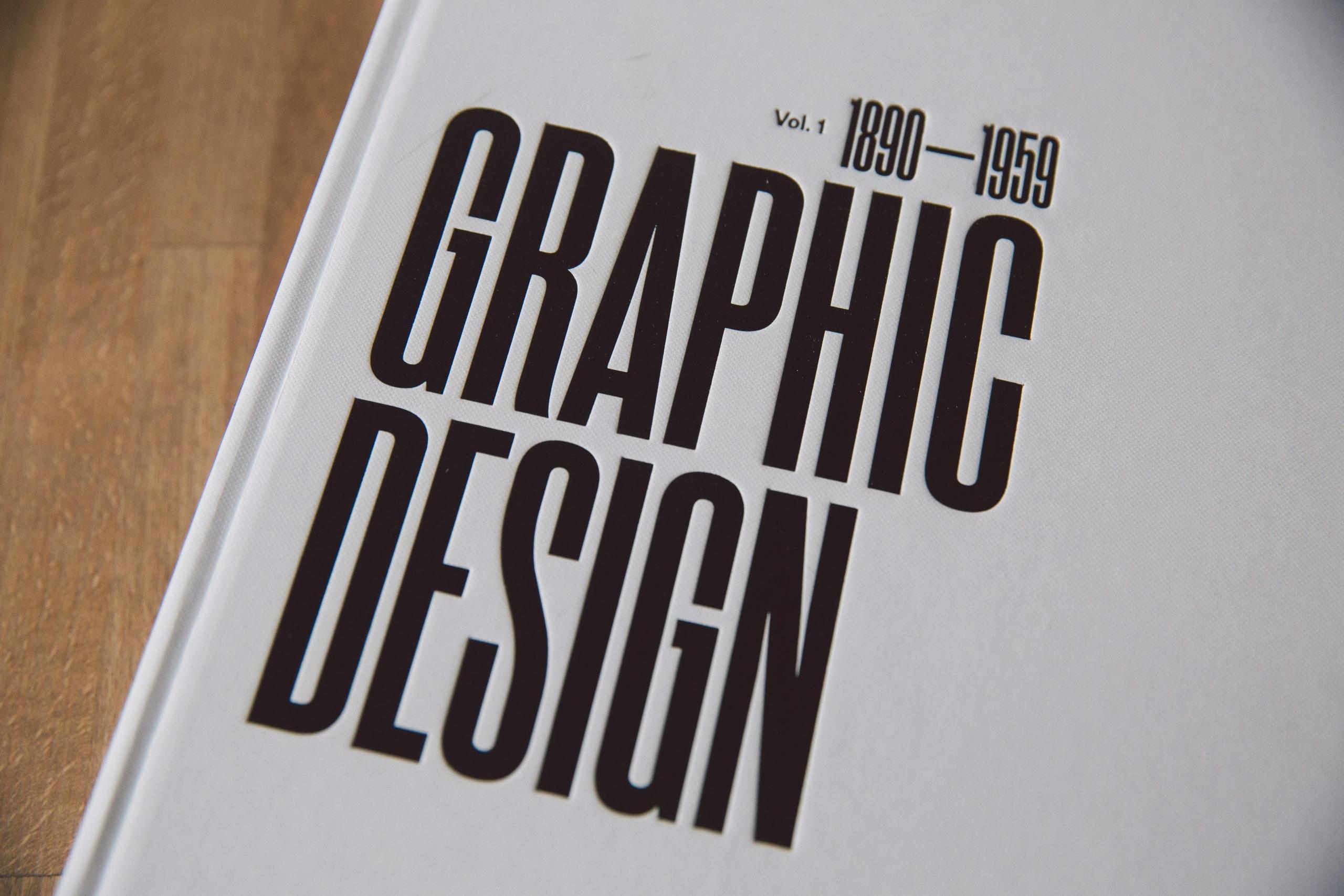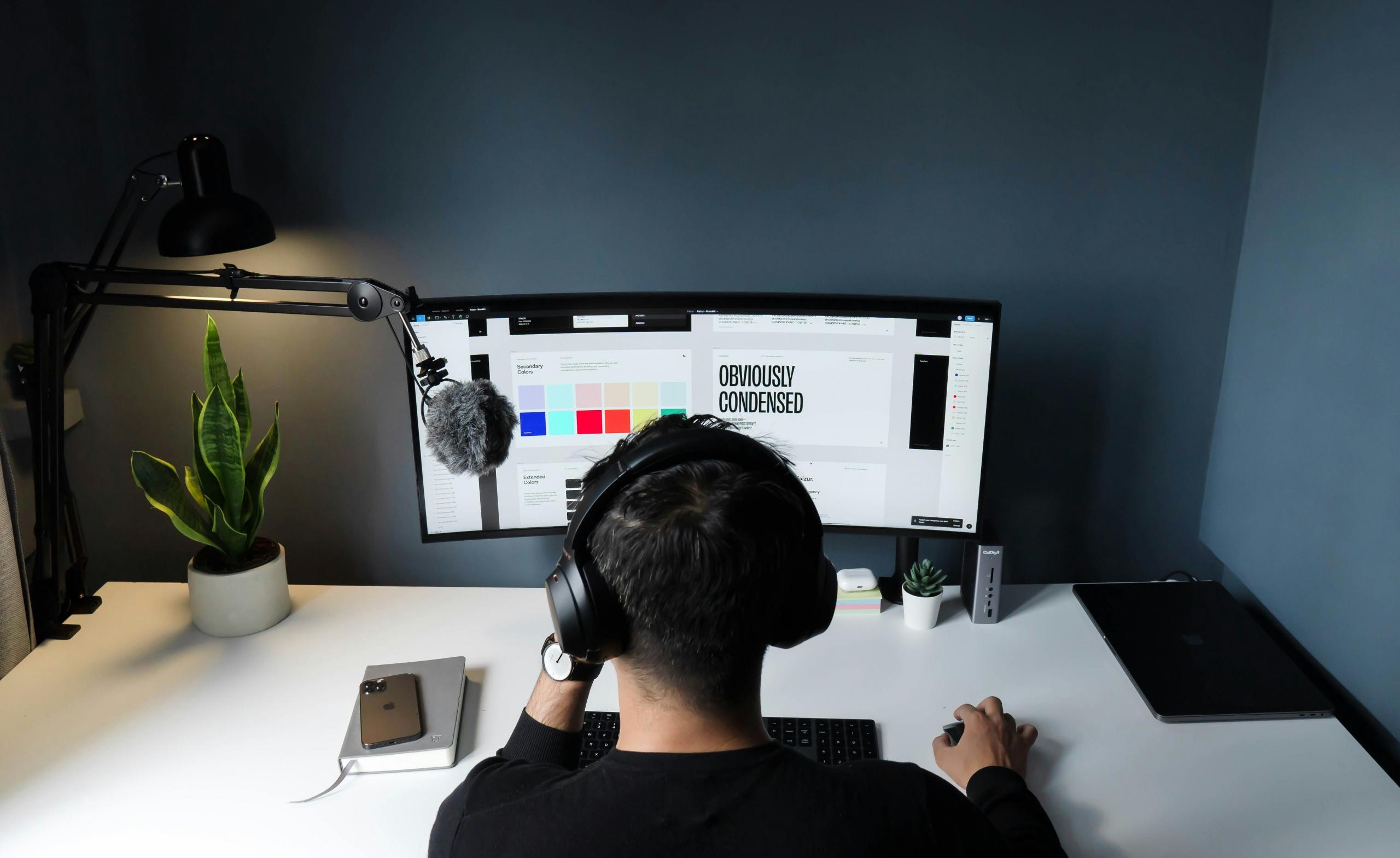Graphic design is a creative and exciting field that combines art and technology to communicate ideas visually. This guide will help you understand what a graphic designer does, the key principles of graphic design, and the best software to use.
We will also explore how to start your career in graphic design, create an impressive portfolio, and discover the different types of jobs available in the industry.
Whether you're a student, a professional looking for a career change, or just passionate about design, this article will give you the tools and knowledge you need to succeed as a graphic designer.

What Is a Graphic Designer?
A graphic designer is a creative professional who uses visual elements to communicate ideas, messages, and information. These visual elements can include typography, imagery, color, and layout, all strategically combined to create a cohesive and impactful design.
Graphic designers can work on various projects, such as logos, advertisements, websites, and packaging, creating designs that meet the needs of their clients or employers. Combining art and technology produces compelling visuals that capture an audience's attention and effectively convey a specific message.
Graphic designers play a crucial role in shaping how information is presented and perceived, making their work vital in marketing and communication.

The Principles of Graphic Design
The principles of graphic design are the foundational guidelines that will help you become the best designer you can be while creating visually appealing and effective work.
These principles include balance, contrast, emphasis, movement, proportion, rhythm, and unity. Understanding and applying these principles allows designers to harmonize their visual elements, guiding the viewer's eye and enhancing the overall message.
For instance, balance ensures a stable and visually pleasing composition, while contrast draws attention to key elements. Emphasis highlights the most important parts of the design, and movement guides the viewer's gaze through the layout. Proportion relates to the size relationship between elements, rhythm creates a sense of organized movement, and unity ensures all parts of the design work together cohesively.

How to Become a Graphic Designer
To become a graphic designer, you typically start by pursuing a degree in graphic design or a related field. Many colleges and universities offer graphic design programs and bachelor's degrees, covering essential topics such as typography, color theory, and software proficiency.
Mentorships and workshops can also provide valuable hands-on experience and industry insights, helping you gain the skills necessary for a successful graphic design career.
Alternatively, associate degrees or certificates are also options if you already have a background in art or design.
For those students who want to learn more or need additional help or specialized training, online courses and tutorials are available on platforms like Coursera, Superprof, and LinkedIn Learning.
In addition to formal education and online courses, practical experience is crucial for becoming a proficient graphic designer. Internships, freelance work, and personal projects allow you to apply your skills in real-world scenarios, build a portfolio, and gain exposure to different types of design work. These experiences enhance your technical abilities and help you develop important soft skills such as communication, time management, and client relations.

What Skills Are Needed?
To become a successful graphic designer, you need a mix of creative and technical skills.
Key skills include proficiency in graphic design software such as Adobe Creative Suite, Sketch, and Figma. A strong understanding of design principles is essential for creating visually appealing designs. The ability to think creatively, attention to detail, excellent communication skills, and the ability to work under tight deadlines are also crucial.
Additionally, typography, color theory, and layout design knowledge are fundamental. Staying current with design trends and continually improving your skills through practice and education will help you stand out in the competitive field of graphic design.

Creating a Standout Portfolio
A standout portfolio is essential for showcasing your skills, creativity, and expertise. It is a visual resume highlighting your best work and demonstrating your ability to solve design problems. A strong design portfolio can open doors to new opportunities, attract potential clients, and set you apart in a competitive industry.
When building a portfolio, prioritize quality over quantity. Including a few exceptional projects highlighting your strongest skills and unique style is better than overwhelming viewers with numerous mediocre pieces. Each project should showcase your ability to deliver high-quality, visually appealing designs.
You need to organize your portfolio with a clean, user-friendly layout. A well-structured portfolio allows viewers to navigate easily and find the information they need without frustration.
Your portfolio should include various projects demonstrating your range and expertise, and make sure to provide context for each project in your design portfolio. This is crucial in demonstrating your design process and problem-solving abilities. Essential elements could include:
- Logos and branding projects
- Web and app design samples
- Print design work (brochures, posters, packaging)
- Illustrations and animations
- Case studies with detailed explanations of your design process
- An "About Me" section with your resume and contact information
- Testimonials from clients or colleagues to build credibility
Focusing on these elements will help you create a portfolio that showcases your technical skills and creativity, your ability to think strategically, and your ability to deliver results.

What Kind of Work Can You Get as a Graphic Designer?
Choosing your field in graphic design is a critical decision that depends on your interests, strengths, and career goals. It’s important to reflect on what type of graphic design work excites you the most and where your skills are strongest.
For example, if you enjoy creating cohesive visual identities and working on comprehensive brand strategies, a specialization in branding might be the right path for you. This field allows you to shape the visual identity of companies and ensure consistent messaging across various media.
To help identify your preferred niche, explore different areas of graphic design through internships, freelance projects, or specialized courses. Internships provide hands-on experience in a professional setting, allowing you to test out different roles and see what you enjoy most. Freelance projects offer flexibility and diverse assignments, helping you build a versatile portfolio.
Additionally, taking courses in various design disciplines can broaden your knowledge and reveal new areas of interest.
Ultimately, choosing a field that aligns with your passions and skills will lead to a more fulfilling and successful career in graphic design. When you work in an area you are genuinely interested in; you are more likely to stay motivated, continue learning, and excel in your profession.
The Path to a Successful Career in Graphic Design
Becoming a successful graphic designer involves a multifaceted approach that combines education, practical experience, and continuous learning.
By pursuing a degree in graphic design or related fields, mastering design software, and understanding principles like typography and color theory, you will build a strong foundation for your career.
Engaging in mentorships, workshops, and online courses further refines your skills and keeps you updated with industry trends.
Gaining hands-on experience through internships, freelance work, and personal projects helps you apply your knowledge in real-world scenarios while networking and professional organizations offer valuable connections and opportunities.
By integrating these elements, you can navigate the competitive field of graphic design, create visually compelling work, share important messages through your work, and build a fulfilling, successful career.


















